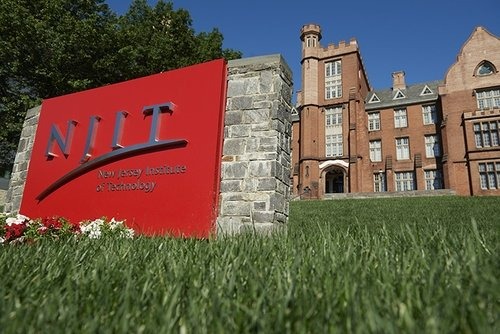Mentoring High School and College Students
 About 58% of college students now get their degrees within 6 years. When I was presented with a statistic like that during a campus tour with my son, I thought the percentage seemed low, but the admissions people were clearly proud of their number. What happened to graduating college in four years? Four years was the standard when I attended college a half-century ago.
About 58% of college students now get their degrees within 6 years. When I was presented with a statistic like that during a campus tour with my son, I thought the percentage seemed low, but the admissions people were clearly proud of their number. What happened to graduating college in four years? Four years was the standard when I attended college a half-century ago.
The official four-year graduation rate for students attending public colleges and universities is 33.3%. The six-year rate is 57.6%. At private colleges and universities, the four-year graduation rate is 52.8%, and 65.4% earn a degree in six years.
The difference between public and private schools probably has to do with the smaller numbers of students and greater availability to counseling and mentoring. There's not much a student or parent can do about what services are available on campus (other than complain) but I have found a way that a student can get a college mentor.
UStrive is a free virtual mentoring platform that was launched in 2015. They can introduce both high school and college students to verified mentors. A mentor should be able to help guide a student through the college admissions process and the work with them to set and achieve their educational and career goals.
I learned about it because NJIT has a partnership with Strive for College that allows students to participate in a free pilot program over the next year aimed at helping them complete their courses, earn a degree and prepare for living-wage careers after college.
Strive for College was founded in 2007 by Michael J. Carter to help acutely under-served area high school students apply to college and navigate financial aid. At the start, college students volunteered as in-person mentors for high school students, and mentored students achieved substantially better college go-on rates than their non-mentored peers. Strive for College grew to allow students to select a volunteer mentor from companies (such as American Express, Deloitte and EY) to work one-on-one with a student.
Mentoring can help a college student choose courses, fill out the FAFSA, pursue scholarships, and identify career options based on skills and strengths.
Getting mentoring at the high school level may be one way to improve that 4-year graduation rate. Some students get a jump on college graduation by taking AP classes, doing Dual Credit courses, or taking the CLEP exam in order to earn college credits in high school. High school counselors can be aided by college mentors and those mentors might follow the student into their college years.
There are other ways to find a mentor - friends, family, school counselors - but won't work for everyone. Using a matching service like UStrive can help make that transition from high school to college. Students find a verified mentor that attended a particular college or majored in something that you find interesting or are planning to major in yourself. This platform offers real-time chat with the mentor over messaging, video, or phone calls. Students pick a topic to work on with the mentor, and the platform provides information about each step of the journey. For a high school student, admissions and applications would be the start. For a college student, choosing a major and courses might be the starting place.
Trackbacks
Trackback specific URI for this entryThe author does not allow comments to this entry
Comments
No comments